Tata 1mg App Business Model: How does it work and make money
Let’s face it – India’s retail pharmacy needs a complete overhaul to ensure that customers/patients get quality drugs at fair prices. Given that 60,000+ retail brands from 3000 pharma manufacturers and marketers flood the market – most of them merely to profit with quality and affordability being least of their concerns.
India’s antimicrobial resistance (AMR) problem is to a good measure due to retial pharmacist dispensing antibiotics as well as selling modern medicine drugs prescribed by quacks – AYUSH and others.
Self medication beyond OTC drugs is another challenge that is difficult to curb as retailers would not miss a customer, knowing that the next retailer will snag the customer is he doesn’t serve him. And the less said about drug inspectors, the better.
It will take a large player with deep pockets like TATA and a domain specialist like 1 MG to chart a modern NextGen pharma retail network, where customers will at least be assured of quality drugs from pharma companies that have at least GMP, if not USFDA approved manufacturing facilities.
This will also help large Indian pharma companies to scale up and offer quality drugs at reasonable prices
Tata 1mg, India’s prominent digital health platform, is embarking on a significant offline expansion, aiming to transform from a primarily online pharmacy into a truly omnichannel healthcare provider. This strategic shift comes as the company prepares to raise $300 million in external funding to fuel its ambitious plans
Key Highlights of TATA 1 MG Offline Push
- Scale of Expansion: Tata 1mg plans to increase its offline presence from the current 110 stores to 3,000 stores over the next five years, marking one of the most aggressive brick-and-mortar rollouts in the Indian pharmacy sector
- Funding and Growth: The company is seeking $300 million in external funding, a move that signals a new investment phase after Tata Digital’s acquisition of a majority stake in 2021. This funding will primarily support the physical store rollout and enhance quick delivery capabilities247.
- Store Format and Offerings: Each Tata 1mg store will be larger than typical mom-and-pop pharmacies, measuring about 400-500 square feet. These stores are designed to be holistic healthcare hubs, offering not just medicines but also diagnostic services, digital consultations, care plans, and disease management programs6.
- Omnichannel Strategy: The offline stores will complement Tata 1mg’s robust online platform, creating an integrated ecosystem where customers can access healthcare services seamlessly across digital and physical channels. This approach aims to boost customer engagement and average order values (AOV), with offline AOVs already nearly double those of traditional pharmacies6.
Business Performance and Market Context
- Revenue and Profitability: Tata 1mg’s revenue has tripled since 2021, reaching approximately ₹1,968 crore in FY24, with a further estimated growth of 30-35% in FY25. Notably, net losses have shrunk significantly, indicating improving operational efficiency even as the company invests heavily in new initiatives245.
- Competitive Landscape: The offline push comes amid intensifying competition from players like Apollo 24/7, PharmEasy, and quick commerce platforms such as Swiggy Instamart and Zepto, all of whom are ramping up rapid medicine delivery and physical presence25.
- Integrated Delivery: Tata 1mg is also partnering with BigBasket for last-mile delivery in areas where its own stores are not yet operational, leveraging Tata Digital’s broader ecosystem to enhance reach and service speed25.
Leadership Vision
Prashant Tandon, CEO and co-founder of 1mg, emphasizes that offline expansion is central to the company’s next phase of growth.
“Several new initiatives are underway, and offline expansion will be a key part of our growth strategy going forward. We aspire to become a truly omnichannel, integrated healthcare company and are well on our way to achieving that vision.”25
Strategic Rationale
- Changing Consumer Behavior: The move to physical stores is partly driven by post-pandemic shifts, with more consumers returning to offline shopping for healthcare needs6.
- Higher Value and Engagement: By offering a broader suite of services in-store, Tata 1mg aims to increase customer lifetime value and loyalty, while also capturing a larger share of the $130 billion Indian pharmaceutical market projected by 2030
Conclusion
Tata 1mg’s retail store push represents a bold bet on the future of healthcare delivery in India. By marrying its digital strengths with a vast brick-and-mortar network, the company is positioning itself to serve customers wherever they are-online or offline-while driving growth, efficiency, and market leadership in an increasingly competitive sector.

A MedicinManAI Feature
Sources: The Economic Times reports that Tata 1mg is preparing a major offline expansion, planning to grow its brick-and-mortar store count from 110 to 3,000 over five years, and is seeking to raise $300 million in external funding to support this initiative
BW Retail World corroborates these details, highlighting the $300 million fundraising target and the strategic shift by Tata 1mg to strengthen its offline presence amid rising competition
Moneycontrol provides additional context on the company’s store format, expansion plans, and the rationale behind the omnichannel push, noting that each store will be larger than typical pharmacies and offer holistic healthcare services
CNBC-TV18 also confirms Tata 1mg’s fundraising efforts and its focus on expanding physical stores and accelerating quick delivery services as part of its growth strategy




